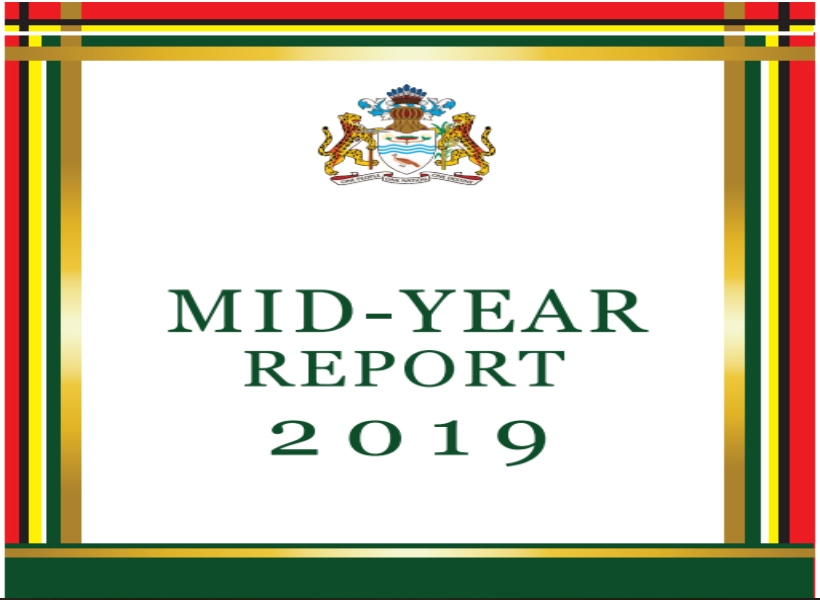The service sector provides a service, not an actual product that could be held in your hand. Activities in the service sector include retail, banks, hotels, real estate, education, health, social work, computer services, recreation, media, communications, electricity, gas and water supply.
According to the document, the increase was driven by wholesale and retail trade, transportation and storage, financial and insurance activities, rental of dwellings, and other service activities, which grew by 5.9%, 5.5%, 4.1%, 5.9% and 10%, respectively.
This momentum is expected to continue into the second half, as signalled by businesses in the services sector increasing their borrowing by 7.2% in the first half.
There has also been increased borrowing for real estate of 5.7%, which has contributed to an estimated 8.2% growth in the construction sector over the same period.
Also contributing to the sector’s growth was government expenditure on construction activities, through the Public Sector Investment Programme (PSIP), which increased by 12.4% in the first half of 2019.
For this year, the services sector is expected to grow by 4.3%, 0.6 percentage points above the projection in Budget 2019, while growth in the construction sector is anticipated to remain unchanged from the initial projection of 10.5%.
At the time of Budget 2019, the economy was forecasted to grow at a rate of 4.6% in 2019. This was later revised downwards to 4.4% in April 2019, given the better-than-expected outturn for 2018. Based on the performance of the various sectors in the first half of 2019, the projected growth rate for this year has been revised upwards to 4.5%.
In the first half of 2019, the overall balance of payments registered a deficit of US$86.9M, 37.9% smaller than the previous half-year’s deficit of US$139.8M. This was supported by a higher surplus on the capital account, despite a higher current account deficit.













